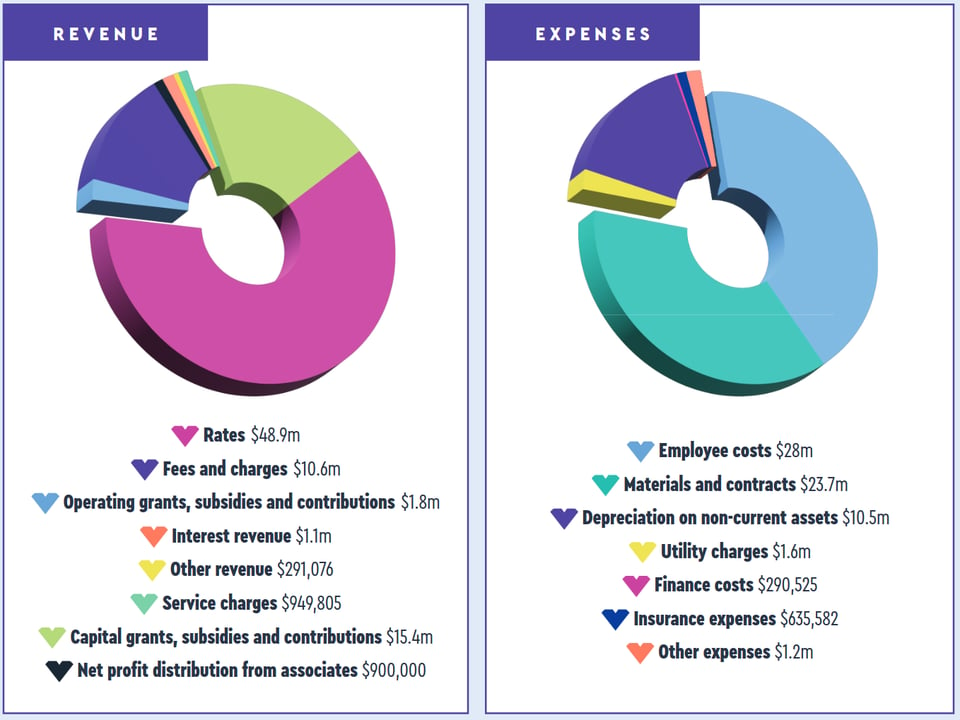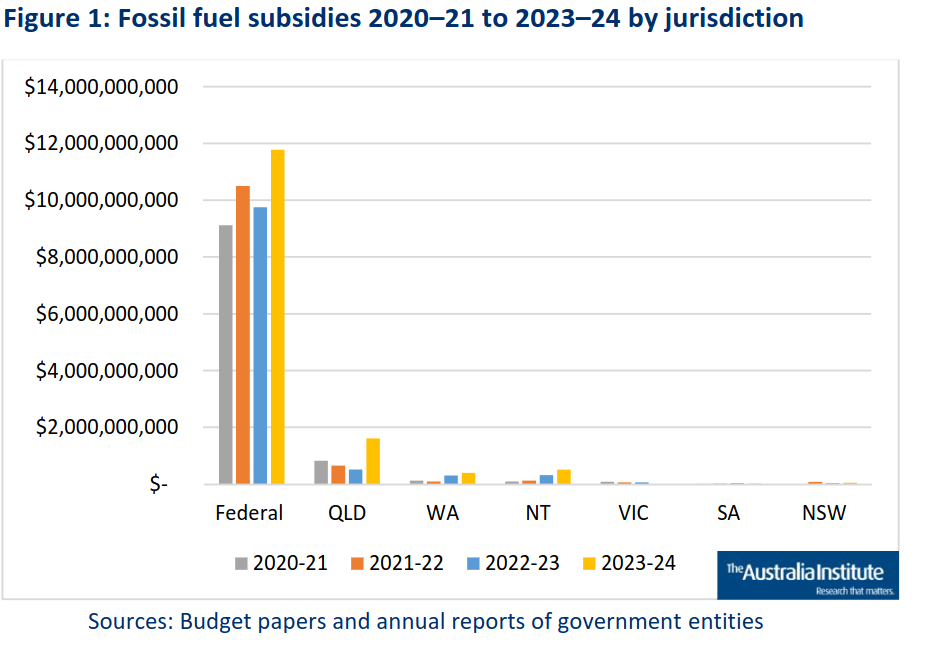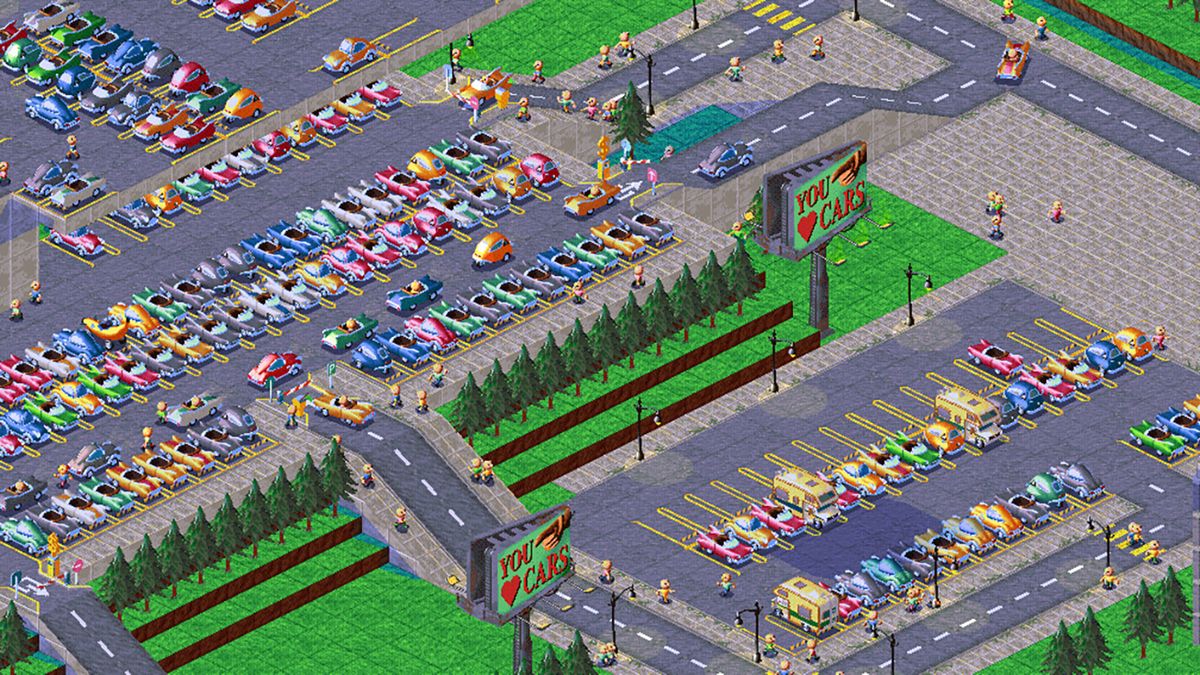Sky's Vic Park Newsletter #10: the budget, cost of living, and community resilience
Kaya!
I’m writing from rural Alberta, on land that is the traditional territory of five Indigenous groups, the Tsuut’ina, Michif Piyii (Métis), Ĩyãħé Nakón mąkóce (Stoney), Niitsítpiis-stahkoii ᖹᐟᒧᐧᐨᑯᐧ ᓴᐦᖾᐟ (Blackfoot / Niitsítapi ᖹᐟᒧᐧᒣᑯ), and Ktunaxa ɁamakɁis people.
We’re here visiting family, and I’m mostly on leave from council work but wanted to send out an email about the budget, passed on Tuesday night. This is especially important because it sets rates, and because it shapes the projects and services that we can provide (with a little wiggle room for change). I’m still learning about all this, but I’ll do my best to give my perspective on the budget process and what it gets us.
If you find this helpful, please consider forwarding it to a friend! (And if someone forwarded this to you, please consider subscribing.)
Creating the Budget
The budget has been put together across a series of workshops run by Town staff. The first of these helped elected members to understand the overall financial situation. In summary, rate rises have been held at a lower level for a few years in the wake of the Covid pandemic, while at the same time the costs of many services (like waste removal) and infrastructure projects have been increasing significantly. Continuing to hold rates low would mean either drawing on reserves (pots of money put aside for specific projects or plans), or cutting services and planned projects.
After getting a sketch of the big picture, the following workshops walked us through different areas of the budget, with staff asking council to give feedback on what the priorities should be.
Some of these areas have limited scope for negotiation. For example, if we don’t fund roads that are in bad repair, the underlying structure of the road will become damaged and eventual repair costs will be much higher. If we don’t fix drainage issues, we might see people’s homes getting flooded. For others, we have more choice: which events will we run across the year? Which playgrounds will get upgrades? Which intersections will get pedestrian safety improvements?

Funding for projects and services comes from a range of areas. Rates provide the majority of the Town’s income, but there are also sometimes subsidies and grants available from other sources, including state and federal grants. You can see some of this reflected in the Capital Budget Requests List in the ‘Grants and Contributions’ column. In some cases, we have external funding already committed to a project that will lapse if we don’t complete it in time or if we abandon the project.
Budgets are a process of negotiation. During workshops, council members talked through our priorities, and worked on compromises. The 2024/2025 budget has more spending than I’d like in some areas, and less in others. I’m sure this is true of most other council members too, just as it is for the community at large. If you want to see shifts in what gets funded (and what doesn’t) in the next budget it’s important that you let council know about it. Hopefully knowing a bit more about the budget process will make that a bit easier!
Taxes and the cost of living
I know that many people are feeling financial pressure right now, and keeping rates low is seen as one way to help with the cost of living. Raising rates isn’t an easy decision for council. However, I think it’s useful to reflect on what rates provide for our community.
Rates are a progressive tax rather than a flat tax like GST: they’re paid by property owners, and they’re calculated based on Landgate’s assessment of a property’s potential rental value. So people who own more expensive properties will pay higher rates. That doesn’t guarantee that no one is put under financial pressure by rate increases - after all, potential rental value doesn’t help much if you’re living in your home rather than renting it out, and owners might choose to pass on rate costs as part of rental prices. But it does mean that rates are at least partially linked to people’s property wealth.
When we pay Town rates, most of that goes directly to local projects and services. That includes local roads (financed mostly from rates rather than registration and petrol tax), pedestrian paths, playgrounds, library services, rangers, waste collection, and community events. No one uses every single one of these services, but I’d argue that the majority of them help to create a stronger, healthier community.
Arguably, local rates give us the most direct benefits for our taxes and the most opportunities for shaping the budget, which is more limited at other levels of government. For example, even though 57% of Australians (and 73% of Australians between 19 and 29) think that climate change is an urgent problem, we’re still spending a lot (both directly and through tax breaks) on fossil fuels at the federal and state level.

At the local level we have great opportunities to help with the cost of living while also managing the transition to a more just and resilient future. Local government can provide people with third places where we can build community, have fun, and relax without having to spend a bunch of money. The Town provides funding or grants to support the library, leisure centre, community centre, arts centre, and collective tool library (coming soon!). We can help people save money by building infrastructure that makes it easier to drive less, cut down water and energy use, and spend more time in public green spaces. We can also encourage the provision of more energy-efficient, accessible housing and other buildings.
If you have great ideas about other things your rates could be funding, let us know!
Get involved
It’s NAIDOC week! The Town has public art up, Noongar Language Storytime for Adults, and Mindeera Bidi guided walks. At the Vic Park Community Centre they’re running Kaala-k Kaadidjiny: Learning around the fire, and Noongar language classes are also starting for Term 3 soon.
There’s a whole bunch of great regular events at the Vic Park Community Centre. I daydream of one day (perhaps post-council) making it to No Lights, No Lycra.
Inspiration from elsewhere
Cities around the world are implementing climate budgets as part of their budgeting process. It’s great seeing real examples of how this works so we can learn from what’s working (and what isn’t) including Oslo’s process.

In this satirical city builder, your goal is to convert walkable cities into parking lots and use propaganda to convince everyone it's what they want | PC Gamer
In city builder Car Park Capital, why walk when you can drive… and park.
We are all connected
With elections coming in Australia, I encourage you to learn about your candidates. For existing political representatives, you can use They Vote For You to see their voting record. Voting is only a small part of being an active citizen, but it’s an important part! It’s also important to let political candidates know what matters to you, whether they’re already in power or seeking election for the first time.
As always, I encourage anyone who can afford it to donate money or time to support efforts for global justice, including work to support Palestinians who are facing genocide, and those in Sudan facing violence and famine.
That's all folks!
Thanks for reading! As always, I encourage you to get in touch if there's anything you want to ask about or discuss.
best wishes,
sky.